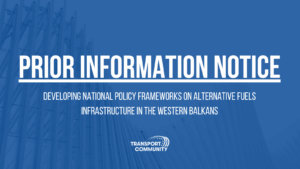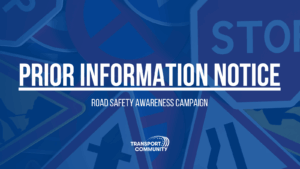TEN-T is a Europe-wide network of roads, railways, inland waterways, maritime routes, ports, airports, and multimodal terminals. It comprises a dual-layer structure, with a Comprehensive Network connecting all significant urban centers in the Union and a Core Network consisting of the most important links. TEN-T Regulation lays down detailed quality requirements for each transport mode that should be met by 2030 (for the Core Network) and 2050 (for the Comprehensive Network).
The extension of the TEN-T to accessing and other neighbouring countries has become an important instrument of EU’s external actions, better connecting regional markets and bringing its share to fostering peace, stability and prosperity.
Regulation no. 1315/2013 includes maps of the trans-European transport network extended to specific neighbouring countries, allowing the Union to better focus its actions and to channel financial support towards projects of common interest.
TEN-T maps in Western Balkans:
As stated in the Brdo Declaration of 6 October 2021, “sustainable transport is a cornerstone of the economic and social integration of the EU and the Western Balkans”. The Western Balkans are geographically embedded into the EU, with neighbouring Member States such as Greece and Bulgaria relying heavily on the region’s infrastructure for their own connectivity with the rest of the Union. The region’s importance for the Union has been repeatedly stated at highest political levels and is duly reflected in key policy documents.
Keeping track of the TEN-T Network’s status and progresses is one of the key tasks of the Transport Community. Every year, the Regional Steering Committee reports to the Ministerial Council on TEN-T implementation.
The reports provide a detailed analysis of the region’s compliance with the TEN-T requirements set forth under Regulation 1315/2013 per each transport mode, as well as a summary of the ongoing TEN-T projects and their future impact on the network’s shape and quality.





